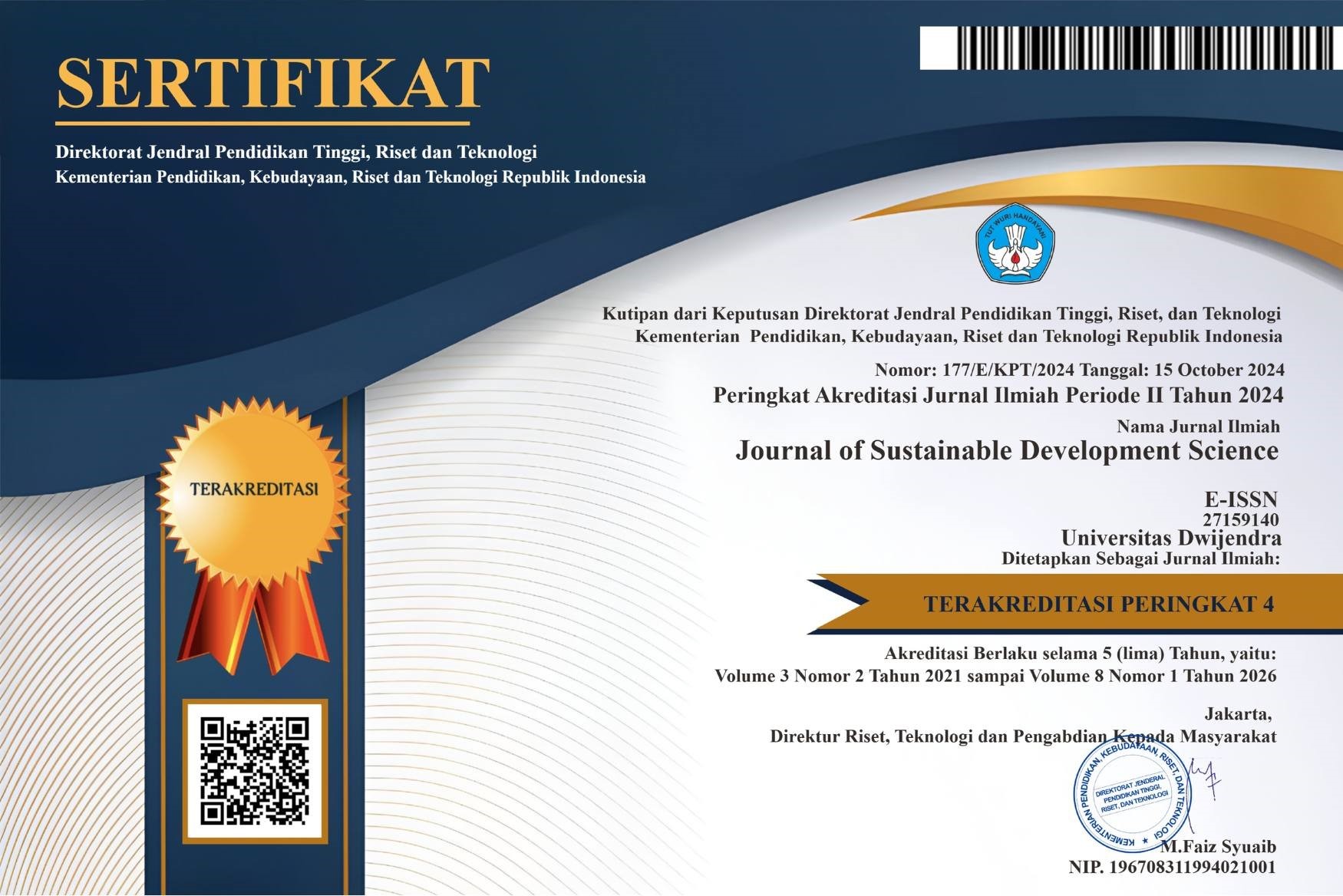A Critical Discourse Analysis on High End Skincare Products Advertisements
DOI:
https://doi.org/10.46650/jsds.6.2.1594.43-52Keywords:
A Critical Discourse Analysis, Advertisements, High End Skincare ProductsAbstract
References
Alliez, É. (2011). De-definition of media. A telegraphic postscript. Radical Philosophy, 17.
Delin, J. (2000). The language of everyday life: an introduction (unabridged). SAGE Publications.
Fairclough, N. (2013). Critical discourse analysis: the critical study of language (2nd, reprint ed.). Taylor & Francis.
Gradoselskaya, G., & Volgin, A. V. (2019). Decomposition of a Media Event Through the Definition of Information Waves. 2019 Twelfth International Conference “Management of Large-Scale System Development” (MLSD), 1–3.
Halliday, M. A. K., & Matthiessen, C. M. I. M. (2013). Halliday’s introduction to functional grammar (4th, illustr ed.). Taylor & Francis.
Hwang, Y., Ryu, J. Y., & Jeong, S.-H. (2021). Effects of disinformation using deepfake: the protective effect of media literacy education. Cyberpsychology, Behavior and Social Networking, 24(3), 188–193.
Janks, H. (1997). Critical discourse analysis as a research tool. Discourse: Studies in the Cultural Politics of Education, 18(3), 329–342.
Kivumbi. (2017). Difference between advertising and media. Differencebetween.Net.
Purnami, N. N. A., Suamba, I. K., & Dewi, R. K. (2024). The effect of service quality on financial performance and satisfaction of cooperative members in gianyar regency. Journal of Sustainable Development Science, 6(1), 36–42.
Titscher, S., Meyer, M., Wodak, R., & Vetter, E. (2000). Methods of text and discourse analysis: in search of meaning (unabridged). SAGE Publications.
Zeiger, S. (2023). Examples of the Relationship Between the Media and Advertising. Smallbusiness.Chron.Com.












